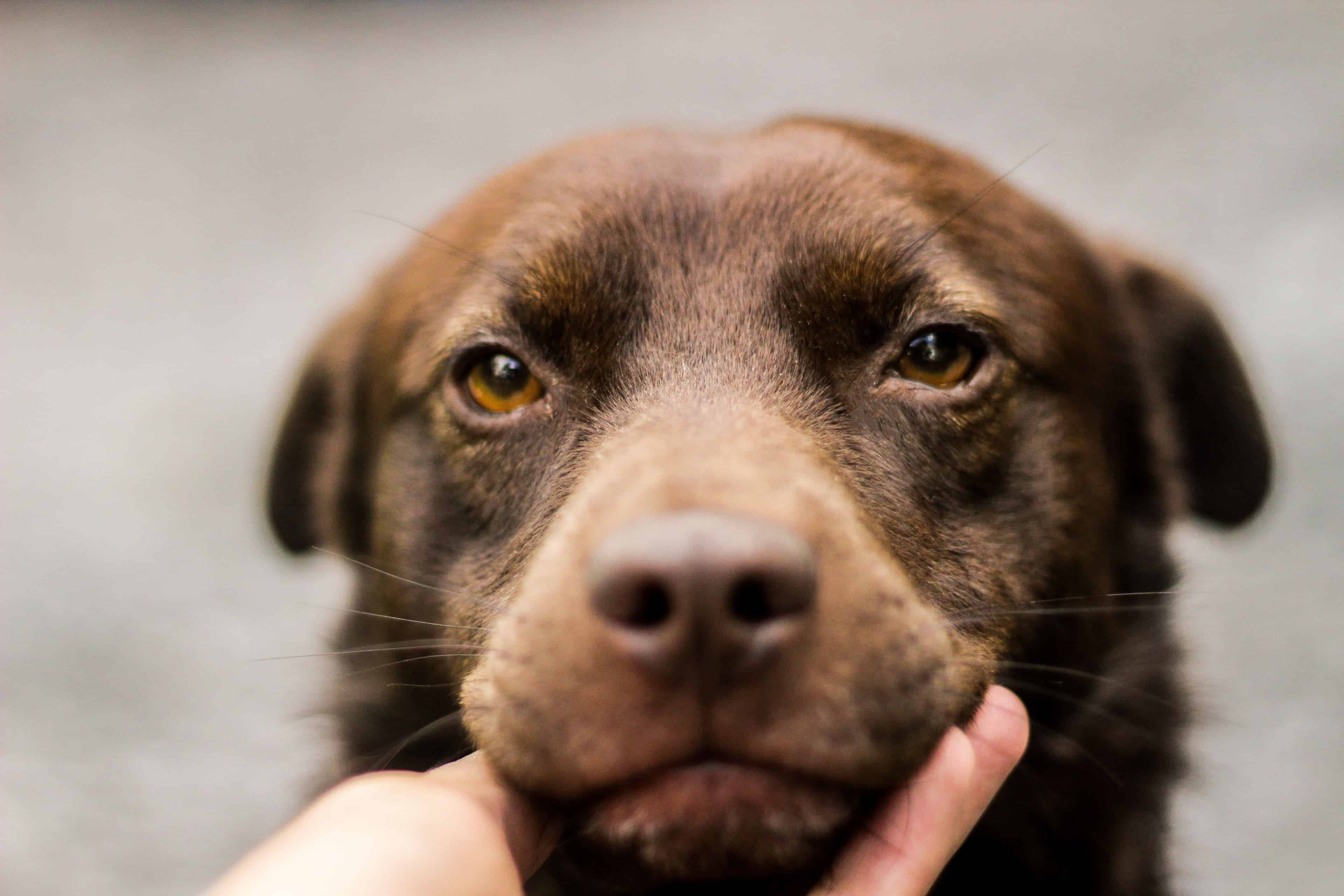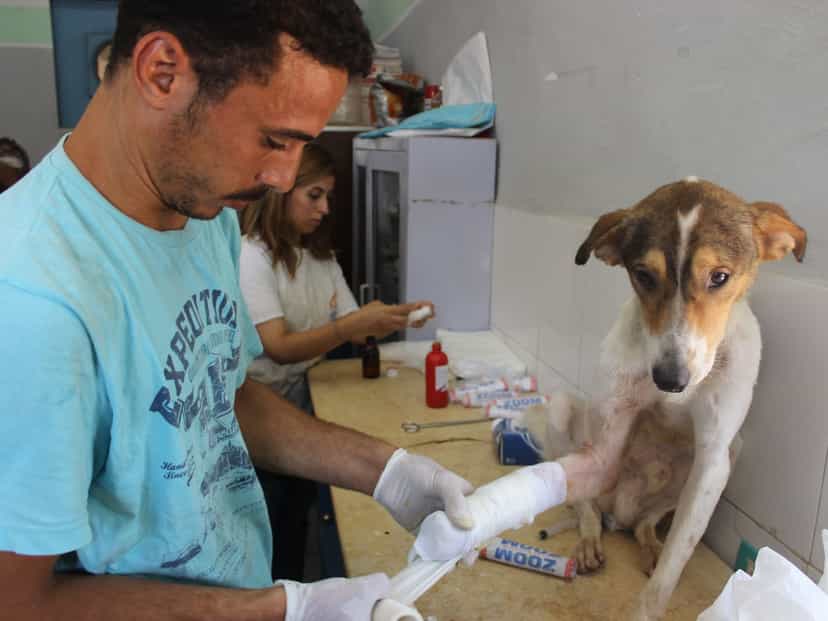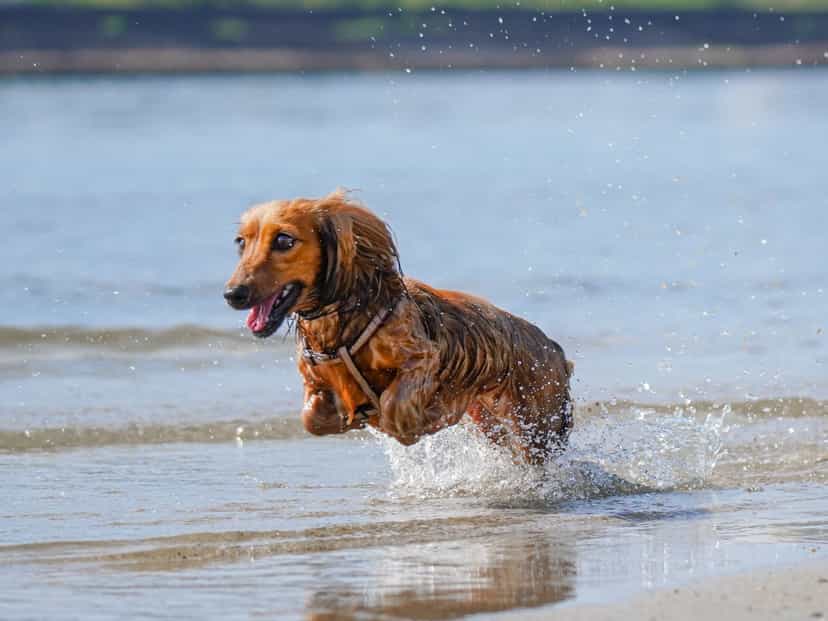
Ever wondered what your dog is trying to say or what they need? There might be clues in their body language.
My colleague Lou Johnson has written an excellent blog about Children & Dogs which delves into some of the canine body language. If you have children, it is a must read!
I wanted to discuss body language a little further as I believe every dog professional and dog owner needs to be aware of what a dog is telling you in order to stay safe & reduce the risk of being bitten, or even worse – euthanasia for the dog.
It is important to know that a dog rarely bites with no warning, and this is why knowing the signals and their warning signs is important.
Dogs are social creatures; they live in packs. To be a successful social species, they need good communication skills.
Have you ever observed a pack of dogs, how they interact with one another? It is an interesting watch. If you ever have the opportunity to sit down and watch a documentary, I highly recommend it.
A BIT OF SCIENCE!
I studied animal behaviour as part of my Biology degree, and I am a complete science geek. I like to know ‘why’ - Why do we react that way? What makes us function and how? Etc.
Some people believe dogs do not have emotions, however if they did not then I don’t think the species would have evolved the way it has.
Jaak Pankseep was an Estonian neuroscientist and psychobiologist. He coined the term “Affective Neuroscience” and if you are like me, a science geek, then the book is worth a read. He discusses the foundations of both Human and Animal emotions, and carves out seven primary emotional systems:
JAAK PANKSEEPS CORE EMOTIONS
NEGATIVE EMOTIONS
- RAGE eg Fight off enemies
- FEAR eg Avoid predators
- GRIEF / PANIC eg cling to caregivers
POSITIVE EMOTIONS
- SEEKING eg Finding Food
- PLAY eg Engage with others
- LUST eg Reproduce
- CARE eg Nurture
Put into context, these emotions help the animal anticipate certain situations, so they have a better chance of surviving and reproducing, promoting species survival.
It is important as humans to recognise what these emotions mean to your dog as it can help understand their reaction to a situation that they feel threatened in.
RECOGNISE THE CANINE STRESS THRESHOLD ZONE

COMFORT ZONE:
- Thinking Brain
- Calm
- Happy
- Able to Relax
- React Appropriately
REACTIVE ZONE:
- Increasing Awareness
- Increasing Arousal
- Mild Stress
- On Edge
DANGER ZONE:
- Emotional Brain Hijack
- Stressed
- Feeling Unsafe
- Signs of Fear & Anxiety
THE 4 F’S!
We always talk about getting to know your dog’s stress signals when we discuss the full body exam during our courses, and with this we ask – Is everyone familiar with the ladder of aggression? Some people are, but most are not.
This is especially important knowledge to have as a dog owner, or dog professional as it ensures safety – yours and that of the people around you and your dog.
The ladder of aggression is every warning signal a dog will exhibit before it bites you – and there are multiple warning signs to look out for.
Perhaps a better way to remember the signals are the 4 F’s – FIDDLE, FLEE, FREEZE & FIGHT.
FIDDLE
Pretend not to be here. Examples: Lip licking, yawning, ears low, tail low, cow eye (showing the whites of the eyes) lifting an appeasement paw, leaning away from you, turning away from you, shaking off. These are called displacement behaviours.
Displacement behaviours are normal dog behaviours that are displayed outside of a normal context. Like the elephant in the room or changing a conversation topic because the current one makes you uncomfortable.


FLEE
Escape. Walking away from you, running away from you.

FREEZE
Shut down. Stock still, tense face, tense body, rigid, cowering.


FIGHT
Aggression. Growling, snarling, showing teeth, snapping, lunging & biting.

Sometimes, it is about putting yourself in the dog’s situation and how you would feel.
For example, you are performing your weekly full body exam on your dog. You are up close, in their personal space looking in their eyes, ears, nose etc. How would you feel if someone were standing really close to you, in your personal space looking in your eyes, ears, nose etc? Would you feel uncomfortable? Especially if you have not asked the person to perform this task!
Would you say, ’Hey what are you doing?’ or ‘I’m uncomfortable with this’ or ‘Do you mind stepping back slightly’?
How does a dog tell you they are uncomfortable when they do not speak your language? With the 4 F’s.
If your dog is becoming uncomfortable with his full body exam, stop. Go back later.
You can apply this to every scenario. The person getting too close to you in the supermarket queue can be the the person walking passed who feels that they must pet your dog on their head! Someone they have never met before towering over them, staring straight at them, and touching them without first introducing themselves i.e. getting on dog level, from the side, allowing them to sniff first. Whatever the situation is, if your dog is becoming uncomfortable then please take them out of it.
RESPECTING SPACE.
Everyone wants to cuddle their pet. As humans, it allows us to show we care and to feel cared for, to feel loved and it can relax us if we enjoy a cuddle.
Do dogs enjoy a cuddle? Really think about it in dog language. A cuddle is someone very close, with their limbs restricting you. Let us have a look at the body language of a dog in a cuddle:


Do these dogs look happy? No.
The first dog is rigid, has a very tense mouth and face and is staring straight ahead, away from the child. He does not want to be in that situation.
The second dog’s face is being held and squashed against the lady for a cute picture, however this dog is not enjoying the experience. He is wide-eyed – you can see the whites of his eyes, his ears are low, he is panting therefore his heart rate is probably elevated, and his facial expression is tense.

What about this one? Do you think this dog enjoys being in this cuddle? Look how tense the face is, the jaw is clamped shut, eyes staring straight ahead, body and facial expressions are rigid.
We can see it now it is highlighted, but how many cute pictures on social media or funny memes do we see when the dog is using his body language to say “I’m uncomfortable in this situation”. These small expressions are generally the first warning signs that go unnoticed.
The dog has no choice but to exhibit more body language to show he is not comfortable, progressing up the ladder of aggression.

This dog is clearly unhappy in this situation and using everything he can to show it. How many people would still touch this dog? Unfortunately, more than you think. They are then shocked when bitten, stating “It’s just bitten me for no reason”.
We are not all experts in canine body language, and sometimes even those experts miss the signs! No dog trainer can say they have never been bitten.
We are going to miss the signs sometimes and it does not mean we are going to get bitten, or that we are a bad person. It is hard to learn a different language, no one gets it right all of the time.
It is, however, important to be aware of them so that we can try to notice when our dogs are uncomfortable and then take them out of that situation.
Shall we see some happy body language?! Yeaaaah
HAPPY BODY LANGUAGE



HOW NOT TO GREET A DOG
Lets now discuss meeting a new dog for the first time. This can be a dog in the park, your friends’ dog or maybe a dog you are thinking of adopting.
Invading a dog’s space, squealing in his face, making loud cooing noises, patting the top of his head, and staring straight into his eyes can be very intimidating and even threatening for a dog. Think about the Jaak Pankeeps core emotions, and how your reaction can be interpreted in the animal world. This dog does not know you, or your intentions.
Dogs are not like humans, so do not treat them in the same way that you would like to be treated in the same situation i.e being hugged, touched, made a fuss of. It does not mean the same to the dog in that situation and it may lead to the dog snapping to protect itself.
Unfortunately, many bites occur because body language was misinterpreted.



Finally, I thought I would touch on dog to dog meet and greets and the body language to expect. There is much more to this than described here, I’ve merely touched on the basics so that we can be aware of normal behaviours, then we are better equipped to notice and correct inappropriate behaviours.
DOGS ON A WALK
First and foremost, when you are leaving your house to take your dog on a walk you must check your own energy and state of mind. It is highly likely you will meet other dogs along the way, if not today then another day and how you act will make a big difference. Do not forget, dogs can read our moods and they can mean something different in an animal world – the difference between life and death! If you are calm and relaxed, the dog is less likely to spend the walk on high alert. He knows you can protect him.
So, shoulders back with nice relaxed arms that can swing back and forth naturally, not rigid. This is how we should remain to keep meeting other dogs a pleasant experience. A common error that people make is tensing up at the sight of an oncoming dog. The dog feels this energy change and perceives the other dog to be a threat – his leader is afraid and cannot protect him so he must protect himself and take out the threat. This is usually misconstrued by the human as the dog protecting them when in fact the dog is more likely protecting himself.
We must remain calm, relaxed, and neutral when meeting new dogs.
Well socialised dogs enjoy the experience of meeting new dogs. There may be some face butting, ‘humping’, mounting, or barging initially to establish dominance but once this has passed the meeting should be full of fun and play. Tails will wag, their body language will be relaxed, and their tongues will loll out.
Dogs use their body language to communicate with each other and it is highly likely that there will be lots of sniffing each other – especially around the ano-genital area. This is seen as disgusting for some squeamish humans, but it is especially important in the dog world. A dog can tell a lot about the dog by sniffing this region. Information gathered is where it has been, age, sex, health status, pack status and even what they have been eating. It is a mutual greeting, like humans shaking hands and it should not be interrupted by pulling your dog away as this can be perceived as rude by the stranger dog who may well attack your dog for it.
Allow the dogs to sniff each other and introduce each other without human intervention and once both dogs are happy that the other is friendly, they may lick, paw, and rub against each other. To initiate play, you will see the dogs display a ‘play bow’. This usually happens almost simultaneously with each other. One may do it and a split second later the other dog reciprocates.

Something interesting is that if a dog accidentally hurts or gets too rough with the other dog, all play will cease to let the dog who was rough know this is not acceptable behaviour. Once this message has been received, they will then initiate the play bow once more and resume play.
Not all dogs enjoy meeting other dogs. Some are afraid, others overly dominant and some may be aloof by nature. As discussed above, upon initial meeting a challenge if offered to establish dominance (face butt, mounting, barging, humping) and how your dog perceives this can determine how the meeting will go. We have discussed how a well socialised relaxed dog would accept it, let’s discuss how a dominant or fearful dog would approach and receive the challenge and the difference in body language.
A dominant challenger may approach with hackles up, eyes staring straight ahead, ears up, face would look tense, tail straight up and wagging stiffly. People often perceive a waggy tail as a happy tail, but this is not always the case. If you can imagine your whole body is relaxed, head to toe completely relax the body then wag your imaginary tail – the swooshes would be wide. Now if we completely stiffen our body and clench our bottom as tight as we can and wag our imaginary tail – there is not a swoosh at all but a very stiff, small rapid movement at the tip. It is important to remember this as it is a clear sign the dog is not relaxed.
A dog who is fearful will approach with their lips pulled back, ears flat to the head and often a growl of warning.
The other dog then must read this body language and decide how to act – will they return the challenge, submit, or run away.
The response is made quickly and can look like the below:
RETURNED CHALLENGE
- Paw placed on shoulder
- Close up stare
- Returned growl
- Snap
It is important that you understand which your dog is, and how the other dog may react to your dog to avoid confrontation. It is also important to remember that even if you have a well-mannered and socialised dog, not everyone else’s will be.
This concludes the introduction to canine body language – I hope you enjoyed it enough to delve deeper!
There are so many books and courses you can take to help break the language barrier and it is definitely something worth investing in if you are a dog owner


